John Adams
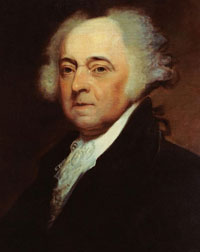
During his administration, Adams faced several incidents that impacted the economy of the United States. The war between the French and British made trade and travel on the seas impossible. The flow of goods between the United States and Great Britain was interrupted. There was also a stamp tax imposed by Congress that was opposed by some American citizens.
Thomas Jefferson
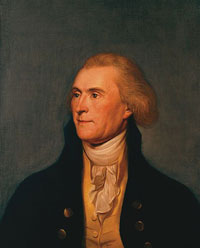
Jefferson had ideas about stabilizing the economy long before he became president in 1801. He believed that the United States should have an agrarian economy. When Jefferson took office, he was able to reduce the national debt by cutting the budget and eliminating certain expeditures. During Jefferson's presidency, the United States experienced a depression as a result of a trade embargo as he tried to prevent the United States becoming entangled in foreign affairs.
James Madison
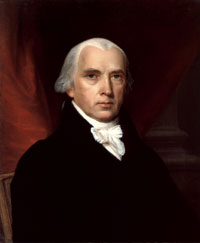
During Madison's administration, the issue of the Bank of the United States was a primary concern of the economy. The charter for the government-owned bank was due to end in 1812. There was strong opposition to renewing the charter. Some opponents saw the bank as unconstitutional while others saw the bank as a way for the government to control the nation's financial business. The Second United States bank was chartered for twenty more years in 1816, with support from Madison.
James Monroe
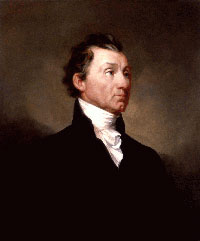
The Panic of 1819 was a major financial crisis that occurred during Monroe's administration. State-approved banks (mainly in the newly-settled west) issued credit to people by using bank notes. These notes were widely circulated and eventually found their way into the branches of the Second Bank of the United States. The spread of these devalued notes caused the Second Bank to demand payment of loans that had been made to individuals and other banks. State banks began to fail, and the government found itself in tremendous debt.
John Quincy Adams
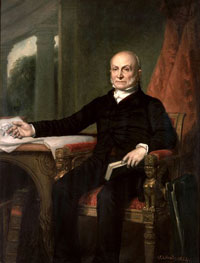
The country was in recovery from the Panic of 1819 by the time John Quincy Adams had become president. Economic growth was evident, especially in the manufacturing industries. Factories were springing up throughout the northeastern part of the United States. There was also a boom in technology and inventions that was supported by the president in addition to the development of the arts and sciences. Adams proposed a network of highways and canals to connect the country and increase trade and travel.